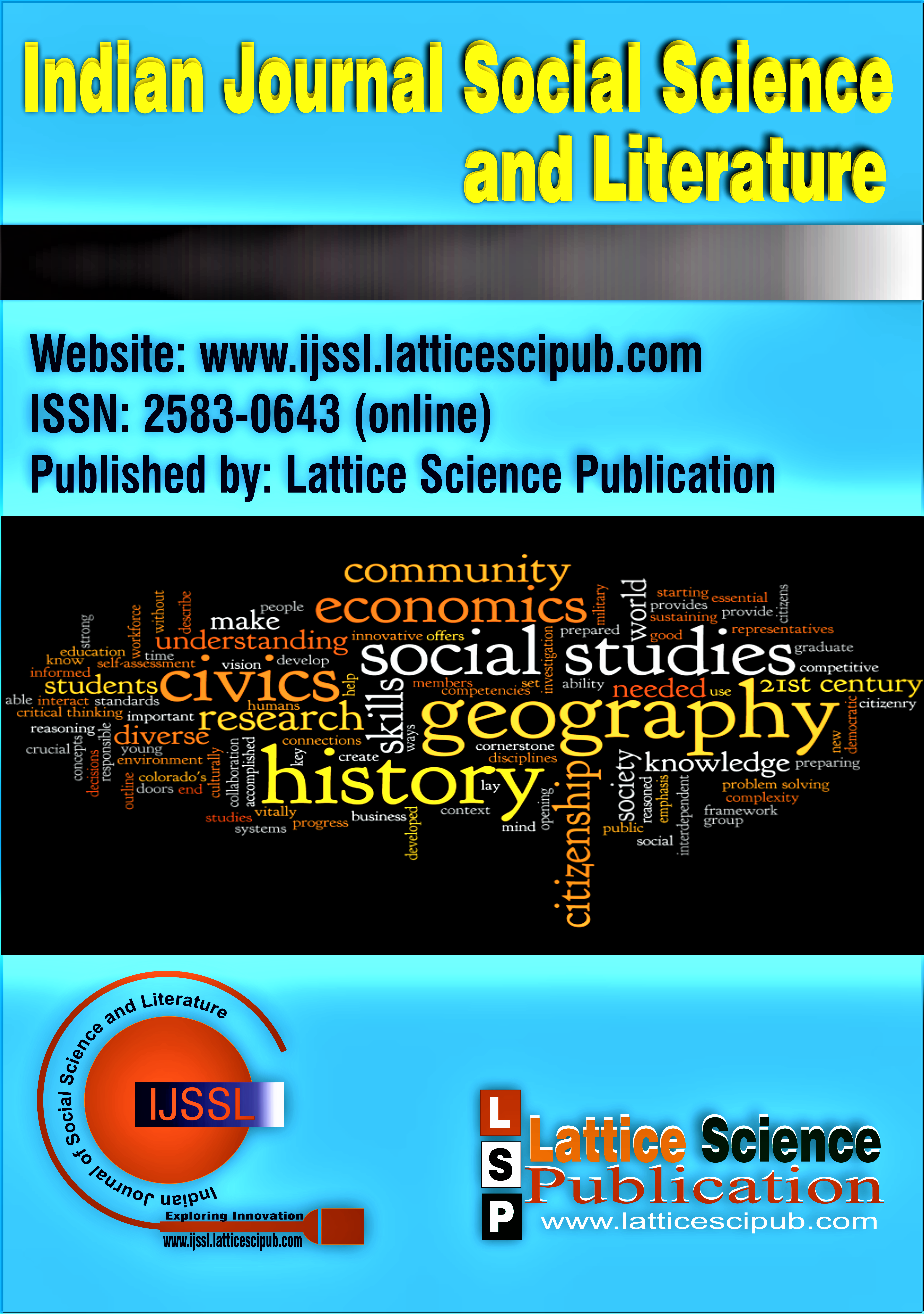Unveiling the Familiar: Exploring Makoto Shinkai’s Anime Art
Main Article Content
Abstract
In the past few years, film theory has experienced incredible growth and transformation. In modern film theory, the analysis of the relationship that films have with their recipients is a key area of research. This study examines the aesthetics of Makoto Shinkai’s anime and how it realistically depicts the outside world. Additionally, it will compare and contrast their investigations of this realism in his art style with selections from Shinkai’s corpus of films. Harnessing the principles embedded in the concept of mimesis developed by Walter Benjamin, this paper uses a recipient-centred approach to cinema narrative. This study is significantly central to the art style rather than its structure by observing the characteristics of animation drawings and audio-visual in the anime. The paper provides an insight into the connection between man and man-made, which unveils the familiarity we have with nature—justifying the hypothesis by employing the literary theory of Mimesis. It investigates the art style of Shinkai’s animation that works as a special force to realize this connection. It will enable one to recognize the significance of his works in serving as a model that consciously or unconsciously influences the recipients to take note of and appreciate the mundane sights and moments of life around them.
Downloads
Article Details

This work is licensed under a Creative Commons Attribution-NonCommercial-NoDerivatives 4.0 International License.
How to Cite
References
Aristotle. “Poetics.” Translated by S. H. Butcher. November 3, 2008, http://www.gutenberg.org/files/1974/1974-h/1974-h.htm
Benjamín, Walter, and Knut Tarnowski. “Doctrine of the Similar (1933).” New German Critique, no. 17, Jan. 1979, p. 65. https://doi.org/10.2307/488010.
Benjamin, Walter. "On the Mimetic Faculty," Reflections. New York: Schocken Books, 1986.
Clements, Jonathan. Anime: A History. London: Palgrave Macmillan. 2013. https://ebin.pub/anime-a-history-9781844578856- 1844578852.html https://doi.org/10.1007/978-1-84457-884-9
Freud, Sigmund, and James Strachey. Jokes and Their Relation to the Unconscious. 1905.
Holmberg, Alexander John. “A Film Analysis of Makoto Shinkai’s Garden of Words, 5cm per Second, and Your Name.” (2019)
“Mimesis - Neil Leach.Com.” Mimesis, Sept. 2009, neilleach.files.wordpress.com/2009/09/mimesis.pdf.
Plato. “The Republic by Plato”, Translated by Benjamin Jowett, Roman Roads Media, 2013, https://files.romanroadsstatic.com/materials/plato_republic.pdf
“Shinjuku Gyeon: Home of the Garden of Words.” The Infinite Zenith, 2013, https://infinitemirai.wordpress.com/2013/09/29/shinjuku-gyoenhome-of-the-garden-of-words/. Accessed 21 Nov. 2023
Shinkai, Makoto. 2013. The Garden of Words. Tokyo: Animated Short Film.
Shinkai, Makoto. 2016. Your Name. Tokyo: Feature Film.
Soriano, Jianne. “Stairs to Suga Shrine.” Japan Travel, 2020, https://en.japantravel.com/tokyo/your-name-real-lifelocations/45058. Accessed 21 Nov. 2023.
Tabris. “Makoto Shinkai Interview.” YouTube, 27 July 2011, www.youtube.com/watch?v=jECqwCrJwEc.
Hongal, Prof. P., & Kshirsagar, Mr. Y. (2023). Management Lessons from Indian Ethos: Evidence from Ramayana. In International Journal of Management and Humanities (Vol. 9, Issue 9, pp. 1–6). https://doi.org/10.35940/ijmh.i1603.059923
Bafna, P. B., & Saini, J. R. (2020). Marathi Text Analysis using Unsupervised Learning and Word Cloud. In International Journal of Engineering and Advanced Technology (Vol. 9, Issue 3, pp. 338– 343). https://doi.org/10.35940/ijeat.c4727.029320
Ruban, A. F., & Backiavathy, Dr. H. U. (2019). Fantasy of Nature in River: A Tread into the Aesthetic Landscape of Ted Hughes. In International Journal of Innovative Technology and Exploring Engineering (Vol. 9, Issue 2, pp. 1236–1239). https://doi.org/10.35940/ijitee.b7237.129219
George, S. (2022). How Disney Altered the Original ‘Sleeping Beauty.’ In Indian Journal of Social Science and Literature (Vol. 2, Issue 2, pp. 1–6). https://doi.org/10.54105/ijssl.a1033.122222





